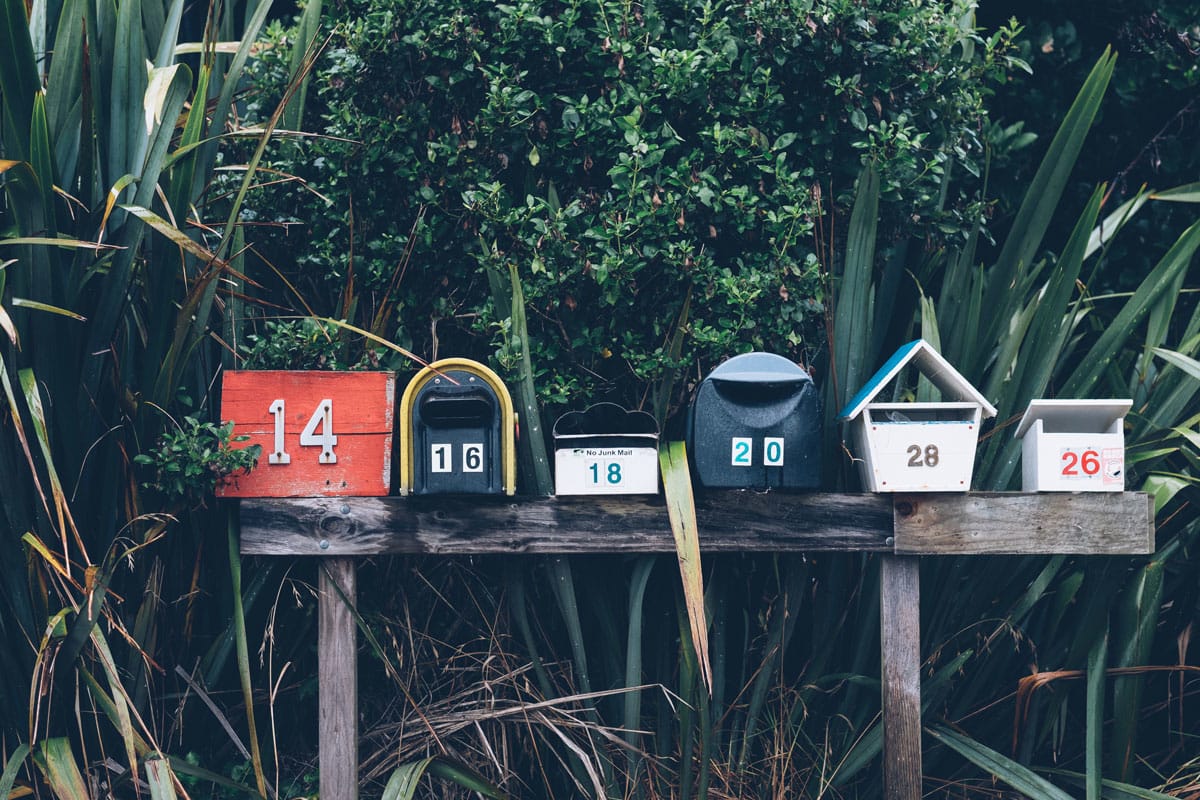We recently chatted about why your email marketing might not be producing quite the results you were hoping for. Namely, I asked you to reflect on whether the emails you send are more like unwanted pests than welcome guests. Email marketing, of course, is a key component of a fully integrated digital marketing strategy, so I hope our tips helped you improve retention of your email subscribers.
Today, we turn to another facet of email marketing, one many marketers gloss over in their goal to simply get as many subscribers as possible. But to paraphrase a couple of old clichés, sheer volume isn’t everything, and quality beats quantity any day of the week.
That’s why we’re talking about the importance of strategic email onboarding.
Your first email is the most important one… or is it?
But why is onboarding important? They’ve found their way to your email list. You can start sending them product-oriented emails to make a sale, right?
Not so. No one likes to be “sold to,” certainly not as a way to start off a customer relationship. This is especially true with B2B technology prospects who require considerable consideration before a decision.
You could do the opposite and send them nothing until they express further interest. Surely putting the ball in their court is better than inundating the new prospect with sales materials, right? Again, not so. Given the choice between salesy spam and not hearing from you at all, the prospect will choose… to look elsewhere.
Don’t let that happen. The prospect has shown enough interest to give you their contact information. The first email you send shouldn’t be about products or how great your company is, but a sincere welcome and thank you for signing up. And because first impressions really matter, that’s the most important email you’ll ever send a new lead. Again, I’ll ask… right?
And once again, it’s not so. Now it’s time to kick off a workflow for a full onboarding email series, starting with the welcome, to make sure that initial impression sticks.
Onboarding is more than a stream of generic sales messages
True email onboarding isn’t just getting someone to sign up, and it’s far more than a simple “thank you and welcome aboard.” It’s how you keep prospects engaged until a relationship forms. It’s how you nurture them (not pester them) through their buyer’s journey. It’s how you automate, yet also tailor, your email interactions beyond that first one to create a bond between buyer and seller.
Simply put, the goal of onboarding is to craft and automate a series of followup emails that converts subscribers into—if not customers—at least qualified leads. In B2B technology marketing, the sales cycle can often take months, sometimes even years, so converting a subscriber into a paying customer during onboarding isn’t the goal. Engaging the prospect or lead through the introductory phase and into the nurturing phase is.
The role of each followup email is to nudge the prospect or lead to the next step of the journey, while building trust between the prospect and the seller. That next stage may be the awareness, consideration or decision stage, depending on how savvy the prospect is. To understand where leads fall along this spectrum, you need data. That’s why each successive email in the series yields more in-depth information, allowing you to further tailor the next email and eventually focus the nurturing campaigns that will follow.
Constructing and leveraging an effective onboarding series
So, what goes into an email onboarding series, and how do you make the most of it?
The first email in the series should be sent immediately. It should be a welcome email, thanking the prospect for signing up for whatever hook led them to subscribe.
- The reader doesn’t open the email. Wait a day and send another email, perhaps using a different subject line.
- The reader opens but doesn’t click through. Wait a day and send an email with an alternate subject line and lead.
- The reader clicks but doesn’t download the offer. Wait three days, try either a different email and landing page, or a different offer altogether.
- Still no interest? Wait a week and try yet another offer/asset.
- Be persistent, but don’t be a pest. Set a limit on the series, and when you reach it, stop.
The same is true for positive responses. The next email in the series should offer even more helpful info, in exchange for a little more data—but not so much as to annoy them or run them off. Another email might ask them to participate in a short survey or quiz, with their own results included in the report they get for participating.
At each step, you can gather information about what the user will and won’t react to and how often, so you can react accordingly. The main thing to remember is that you’re trying to build a new relationship with the prospect, not sell to them.
Manually tracking and managing the complexities in an onboarding series can be pretty intense and is inadvisable. However, marketing automation platforms like Hubspot can make sending the series of emails simpler. These platforms can automate the timing between each message and personalize using data you’ve gathered so far. Perhaps most importantly, marketing automation software can record the recipient’s reaction (action or inaction), gather the data the prospect provides in response to each email, then use that data to customize or alter the remaining flow of the series.
Email is still the most engaging way to cultivate a relationship with a potential (future) customer, and an email onboarding series is just the thing to get things started. Just remember that it isn’t always the first email that’s the most important. It might be the second, third, fourth—or who knows which email it will be that converts that prospect to a highly qualified lead.
Want to know more about how email onboarding is an integral part of any effective digital marketing strategy? Let's talk today.

 5 min read
5 min read





 6 min read
6 min read

